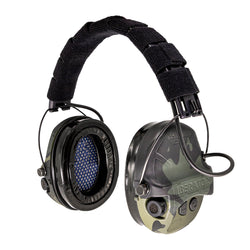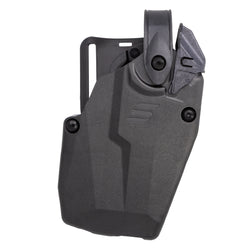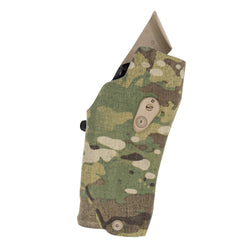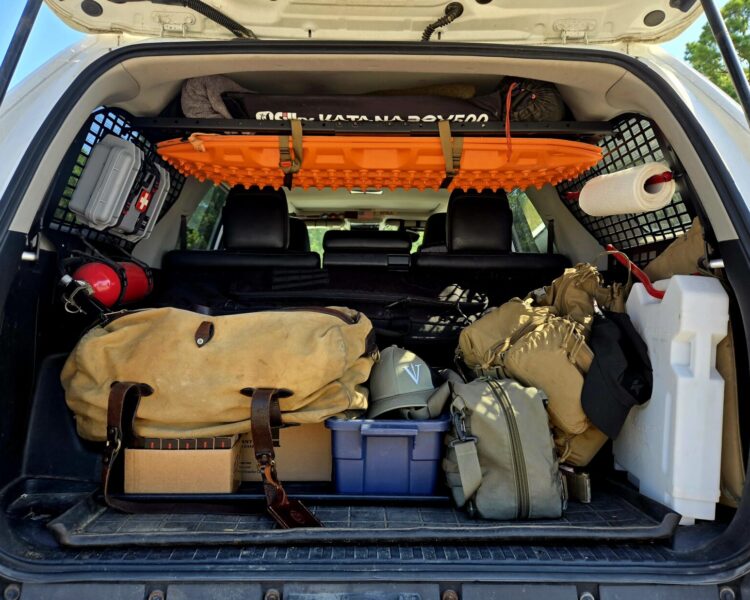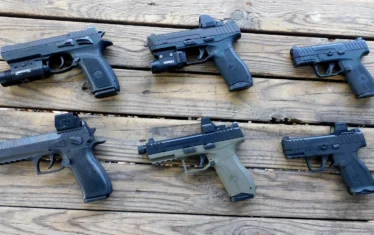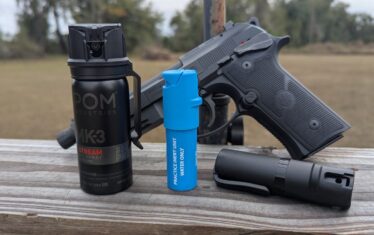When you overland, you pack your home with you. Packing your kitchen, bedroom, storage closets, and bathroom in a single vehicle requires carrying capacity, organization, some patience, and careful consideration. Your vehicle has only so much space to offer, and the bouncing experienced while driving down trails is an additional consideration.
While you could simply dump all of your gear in a large bag or bin, being organized will help you find what you need more quickly than digging through mountains of equipment. Coming up with organizational solutions for your overland rig may seem like a tough mountain to climb, but it is easily broken down into simple categories.
Your Needs
Here’s a quick breakdown of the key categories to keep in mind when packing for an overlanding trip.
Kitchen
We all need to eat, and having a kitchen box will help you prepare meals far from home. Coolers, traditional or electric, for perishable goods, and storage boxes for utensils, stoves, fuel, etc., make up your kitchen. Don’t forget the gear needed for food prep and clean up.
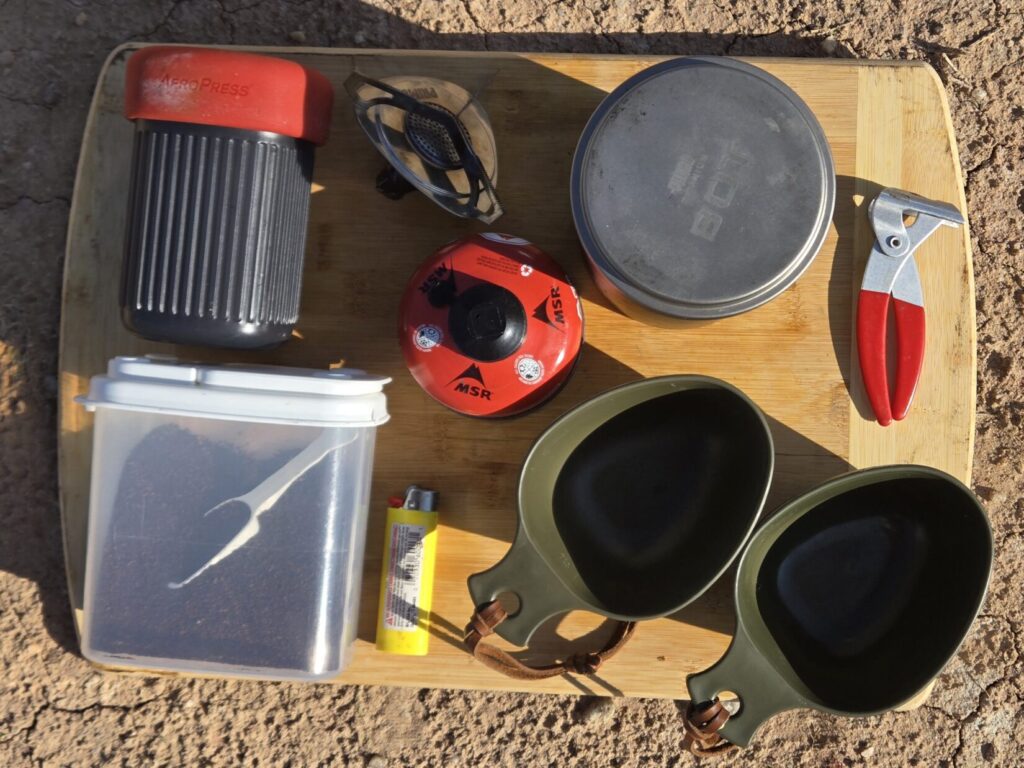
Sleeping
Shelter is what you sleep inside of, over, and under. At the most basic level, this is a sleeping bag, pad, and some sort of cover.
Carry your sleeping setup in a separate bag to keep it free from trail dirt and debris. Don’t let grease or fuel get on it, and remember you’ll use it for around eight hours each night if you’re a good sleeper.
Communication
Most communication is non-verbal unless you’re on the trail. Radios and phones, along with other electronic,s should be stored securely and away from objects that could damage them. Signaling equipment also falls under the communication banner.
Medical
Both trauma kit items and first aid items should be carried, and those needed with the most urgency should be carried within arm’s reach. Tourniquets can be strapped to “hope and prayer” handles, and other kit items can be stuffed under seats.
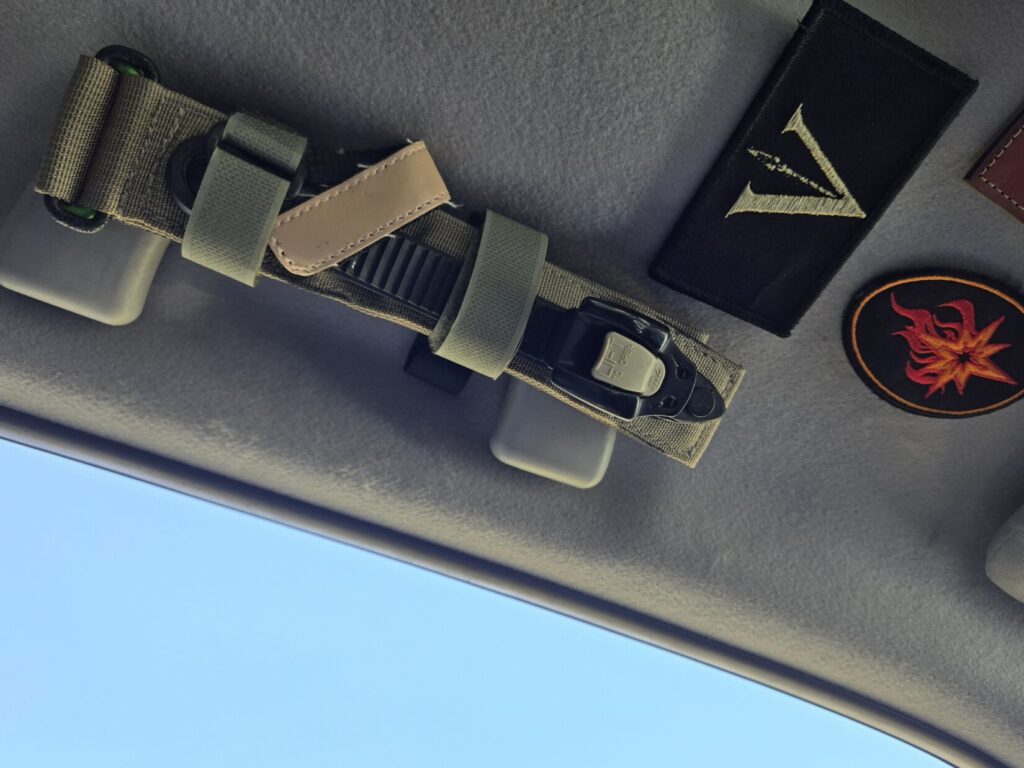
No vehicle should be without “stay alive” gear. This is what you will reach for when you need to spend the emergency night inside your vehicle when you’re stuck in place. A simple stove, cooking pot, water in stainless steel bottles, spare knife/multi-tool, etc., should all be carried because of actual survival priorities. Remember the rule of 3s and address what is both possible and probable.
Recovery Equipment
This includes traction boards, a shovel, straps, and battery packs. Recovery gear can also be referred to as “keep it rolling” gear.
Flat tires and dead batteries can be addressed with tire patch kits, air compressors, and battery packs. The more aggressive the trail, the more substantial your recovery kit should be. Snatch blocks and ground anchors aren’t out of the question when far from pavement.
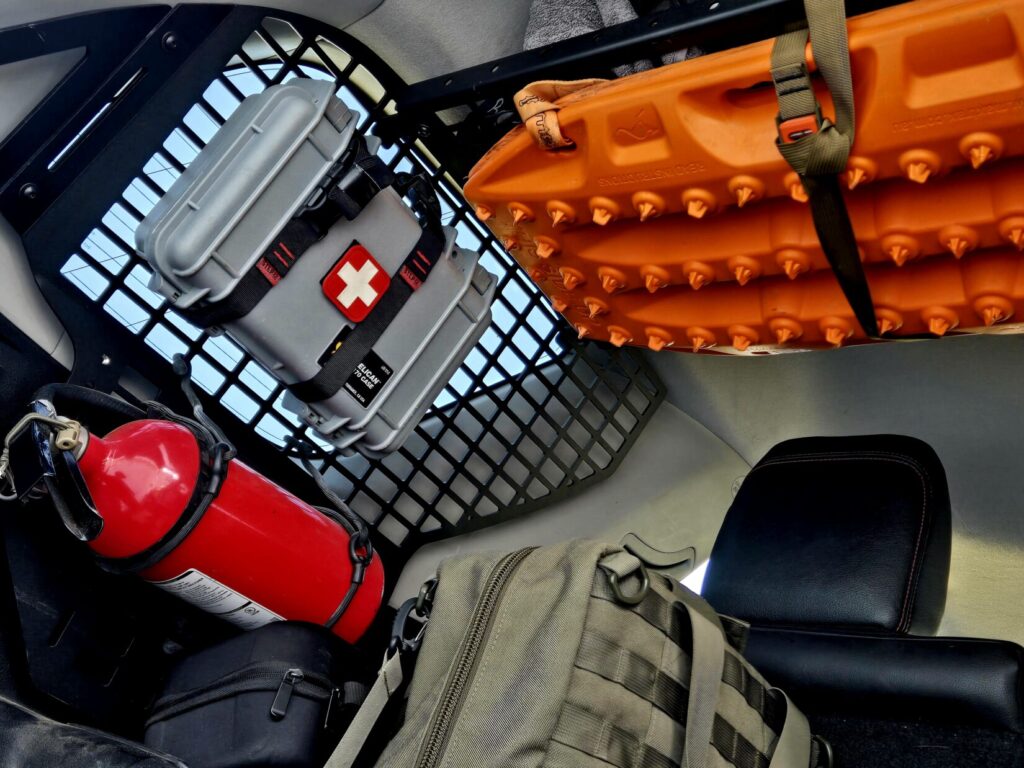
Frequent Use Items
Some items are frequently used and should never be left out of a well-organized vehicle. Tire pressure gauge, sharpie marker, utility knife, knuckle bandages, headlamp, all these items are commonly used and should be carried in a convenient manner. In other words, you shouldn’t dig through a mountain of gear to access them.
Where You Carry
A vehicle only has so much capacity inside the cabin and cargo areas. Within reason, there is significantly more outside the vehicle on the rooftop.
Exterior
If you are old enough to remember The Beverly Hillbillies, you know you can carry a significant amount of equipment strapped to your rig, but just because you can, doesn’t mean you should. Rooftop boxes like those from Thule and Yakima are widely available, and those looking for more durable protection may purchase from Pelican or ROAM.
One downside to rooftop carry is the loss of aerodynamics and gas mileage. Rather than increasing your vehicle’s overall profile and affecting how streamlined it is, hitch-mounted carriers can be utilized. From the simple basket variety used for hauling lawn mowers, dead deer, or coolers to the more advanced ones like those from RIGD.
Keep in mind, the further back a hitch-mounted carrier holds equipment from the vehicle, the more it will likely affect the departure angle. In other words, hitch-mounted carriers work great when the terrain isn’t technical, but if you attempt more difficult trails, you may end up scraping and leaving kit behind.
Both rooftop and hitch-carried equipment should be monitored and removed if you are spending the night in a location where you can take the cargo inside.
Interior
You can break down what you carry inside your overlanding vehicle into two categories. Readily accessible and packed away.
Think of readily accessible items as those items you could access at any time from any of the seats. Your center console is a readily accessible container, and the void underneath your seat is as well.

Set up supplies for each seat. Provide each seat with a water bottle, flashlight, and tools for support (i.e., navigation, providing medical aid, tending to passengers).
Types of Cases
Overlanding gear organization is made simple with an assortment of cases and containers.
Soft Containers
Soft-sided bags make sense for clothing, sleeping bags/bedding, and gear that doesn’t have sharp edges or corners that could damage anything else around it. Some soft-sided bags and pouches have additional padding for fragile screens and electronics.
Smaller organizer pouches and packing cubes work well for the odds and ends that typically get lost in a larger bag. These pouches can be used to hold your electronic charging cables, spare batteries, first-aid items, and so forth. Those with MOLLE straps can be organized anywhere MOLLE panels can be found, like those on the Cali Raised LED cargo tray.
While soft containers are better carried inside the vehicle for security reasons, there may come a time when bags need to be strapped to the roof or hitch hauler. For the most water resistance, water-resistant bags like those from Watershed Bags will guarantee your equipment stays dry.
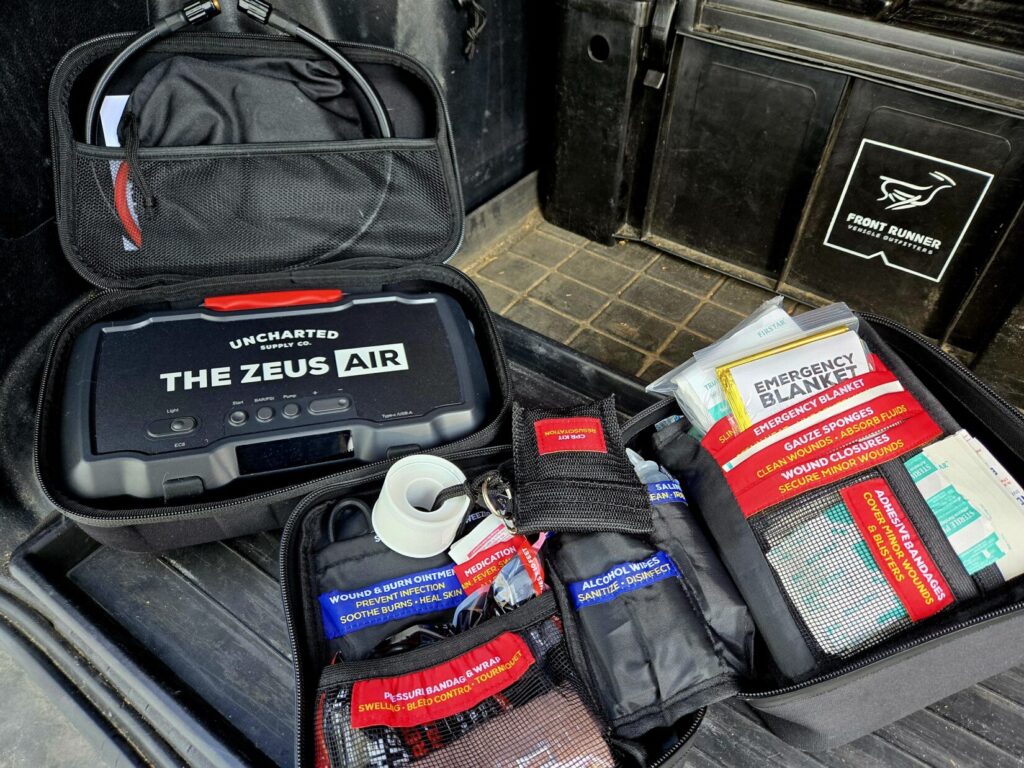
Hard Containers
The heaviest, most cumbersome, but most secure way to carry equipment is inside hard-sided cases. These cases can double as camp furniture if they are not semi-permanently attached to the vehicle.
Where soft-sided cases can be easily slashed by a would-be thief, a hard case would take considerably more time to access. Additionally, they can usually be locked with padlocks and secured with cables to hard anchor points.

The boxes are typically more expensive than soft-cases, but the enhanced security is worth the investment. Furthermore, the boxes will withstand other objects tossed on top of them in a pinch, like when recovery gear is hastily gathered and dumped into the cargo area on a late-night trail when passengers are tired.
Be Consistent
With all of the storage options on the market and the countless ways to organize, being consistent with your carry methods is important. Consistency will mean reaching for gear where you believe it to be when it has been carried in that location over and over.
Consistency will keep you from creating a yard sale next to your overlanding vehicle on the trail when you’re looking for something where you don’t recall it being carried.
Much like the kit in your vehicle, the concept of consistent gear placement transcends to your everyday carry items, your tool shed, and important items you have in your house. You can learn a lot about a person by the way they maintain their vehicle. Think of what your vehicle’s organization and consistency say about you.


